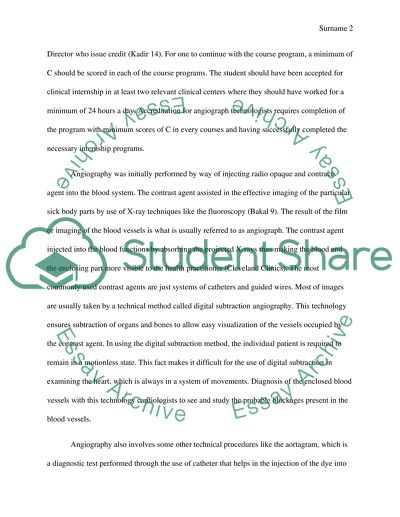Cite this document
(“Interventional Vascular/Agiography Technologist Research Paper”, n.d.)
Interventional Vascular/Agiography Technologist Research Paper. Retrieved from https://studentshare.org/health-sciences-medicine/1446186-interventional-vascular-agiography-technologist
Interventional Vascular/Agiography Technologist Research Paper. Retrieved from https://studentshare.org/health-sciences-medicine/1446186-interventional-vascular-agiography-technologist
(Interventional Vascular/Agiography Technologist Research Paper)
Interventional Vascular/Agiography Technologist Research Paper. https://studentshare.org/health-sciences-medicine/1446186-interventional-vascular-agiography-technologist.
Interventional Vascular/Agiography Technologist Research Paper. https://studentshare.org/health-sciences-medicine/1446186-interventional-vascular-agiography-technologist.
“Interventional Vascular/Agiography Technologist Research Paper”, n.d. https://studentshare.org/health-sciences-medicine/1446186-interventional-vascular-agiography-technologist.


